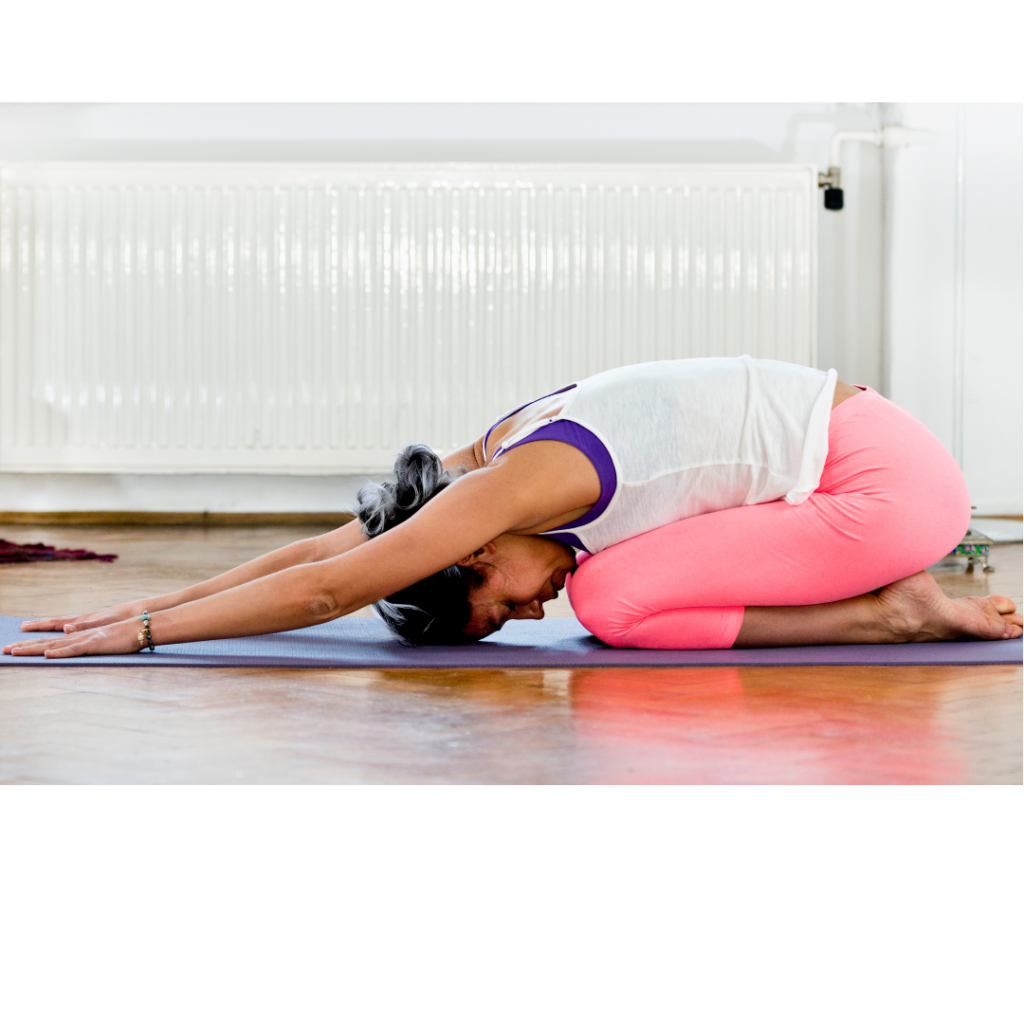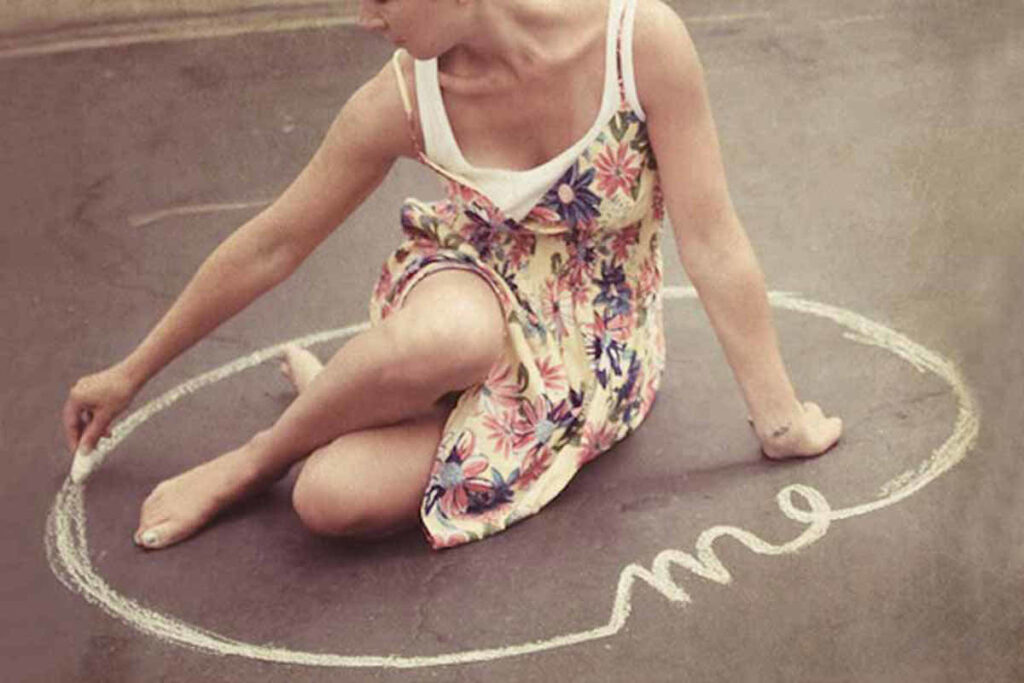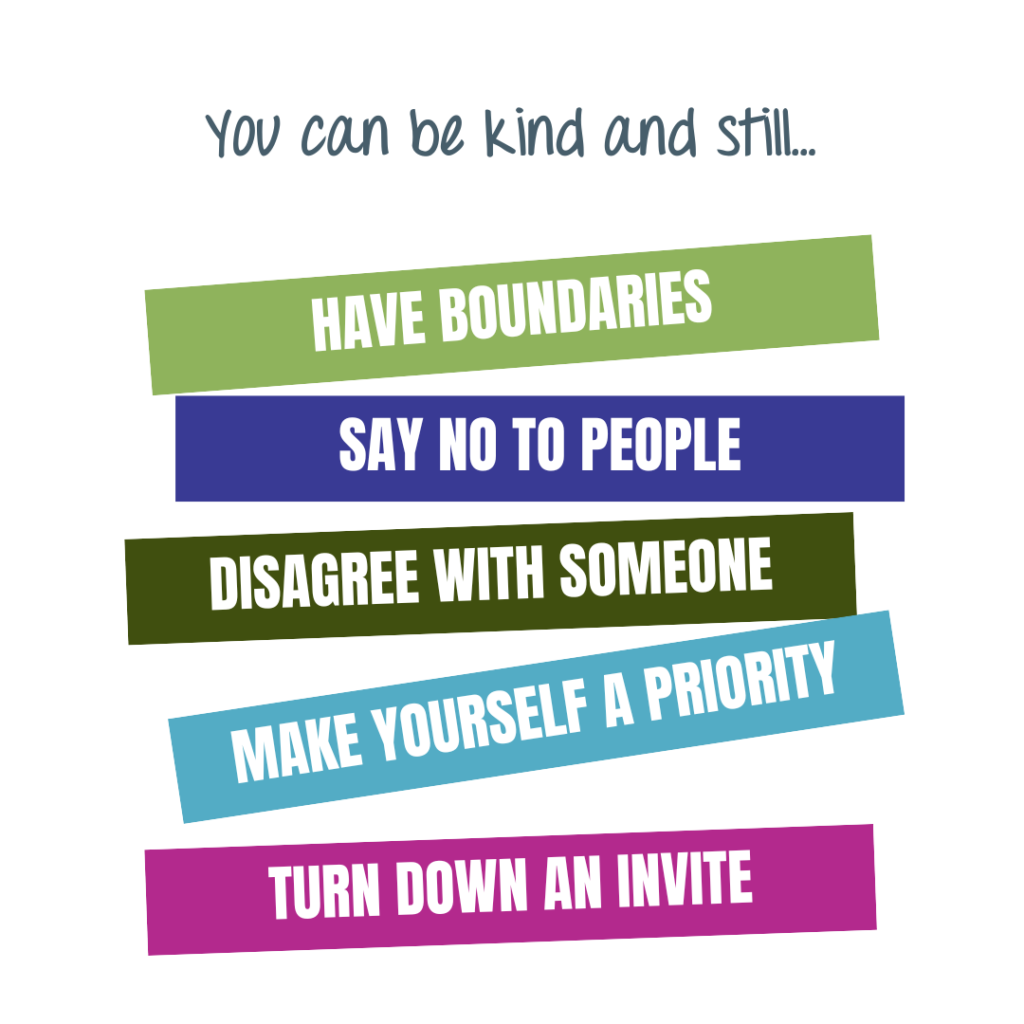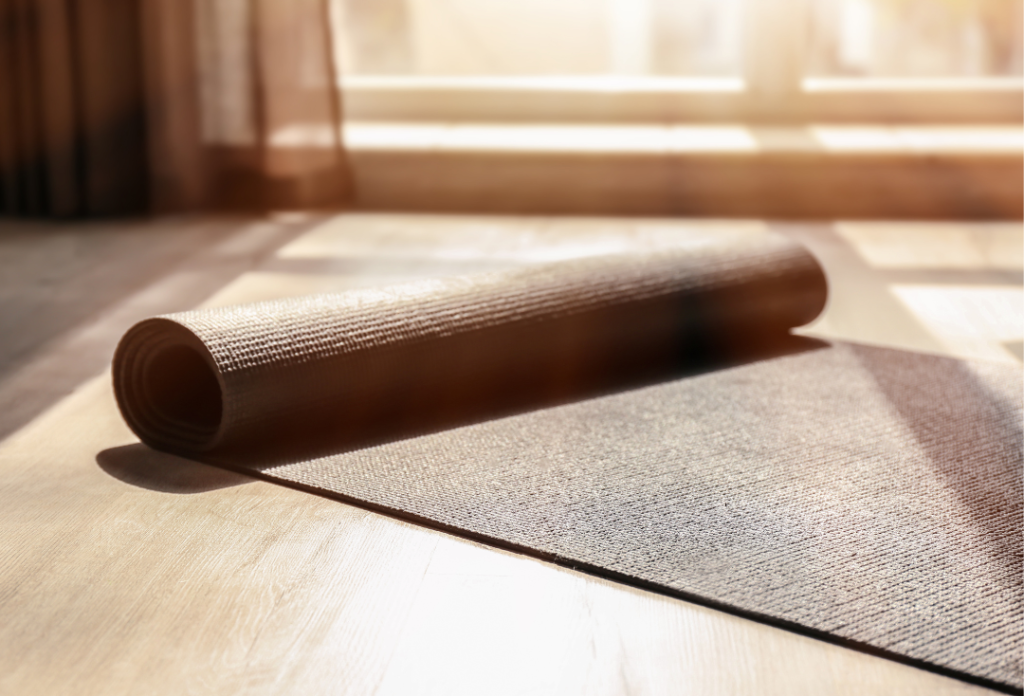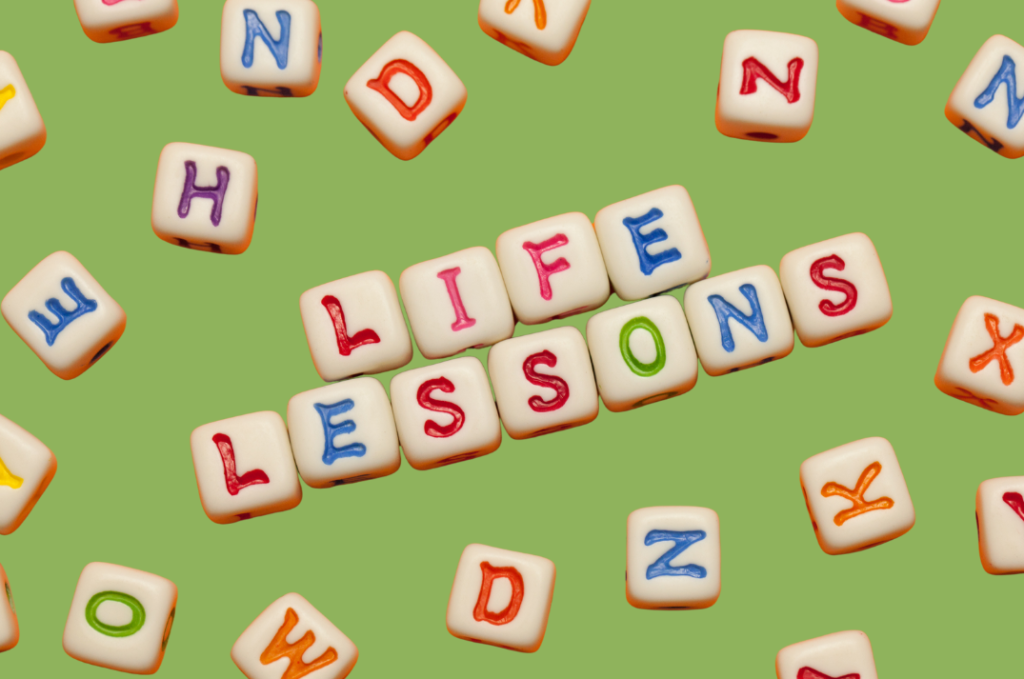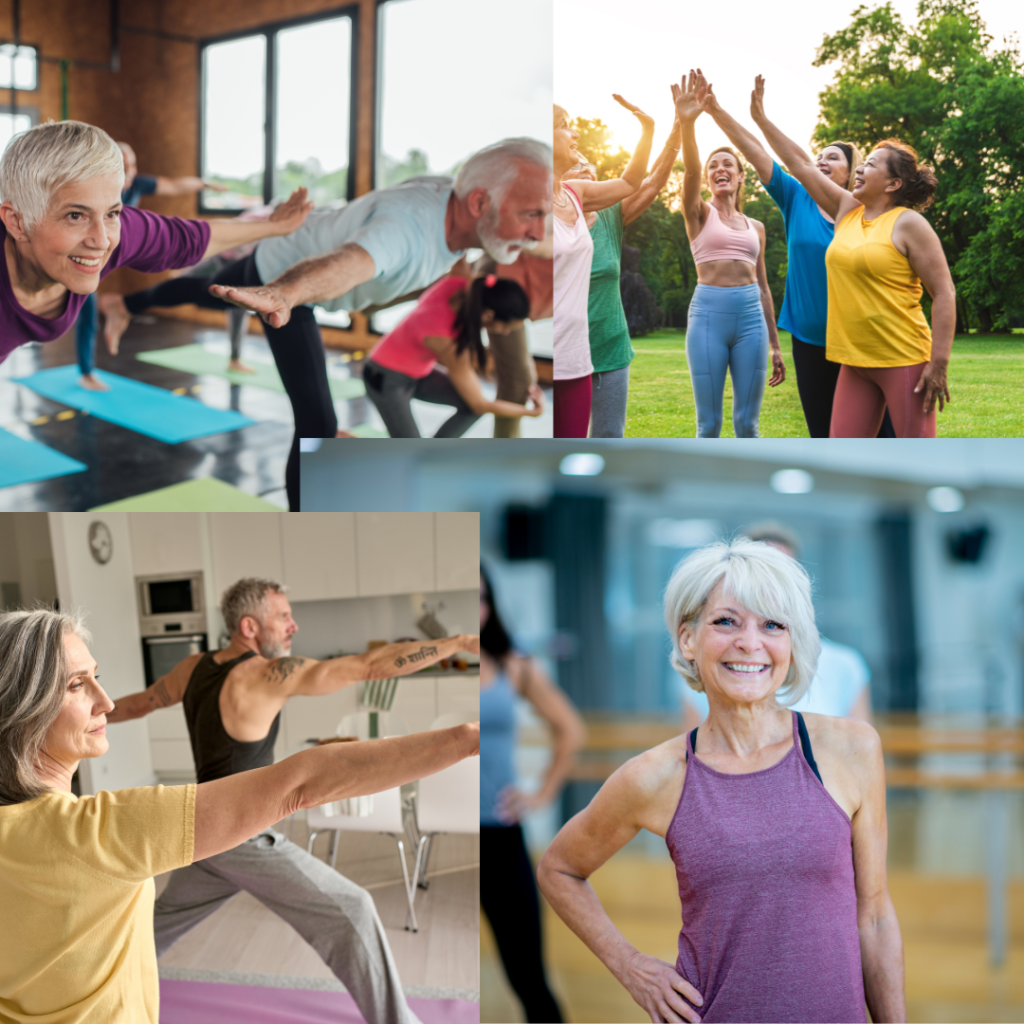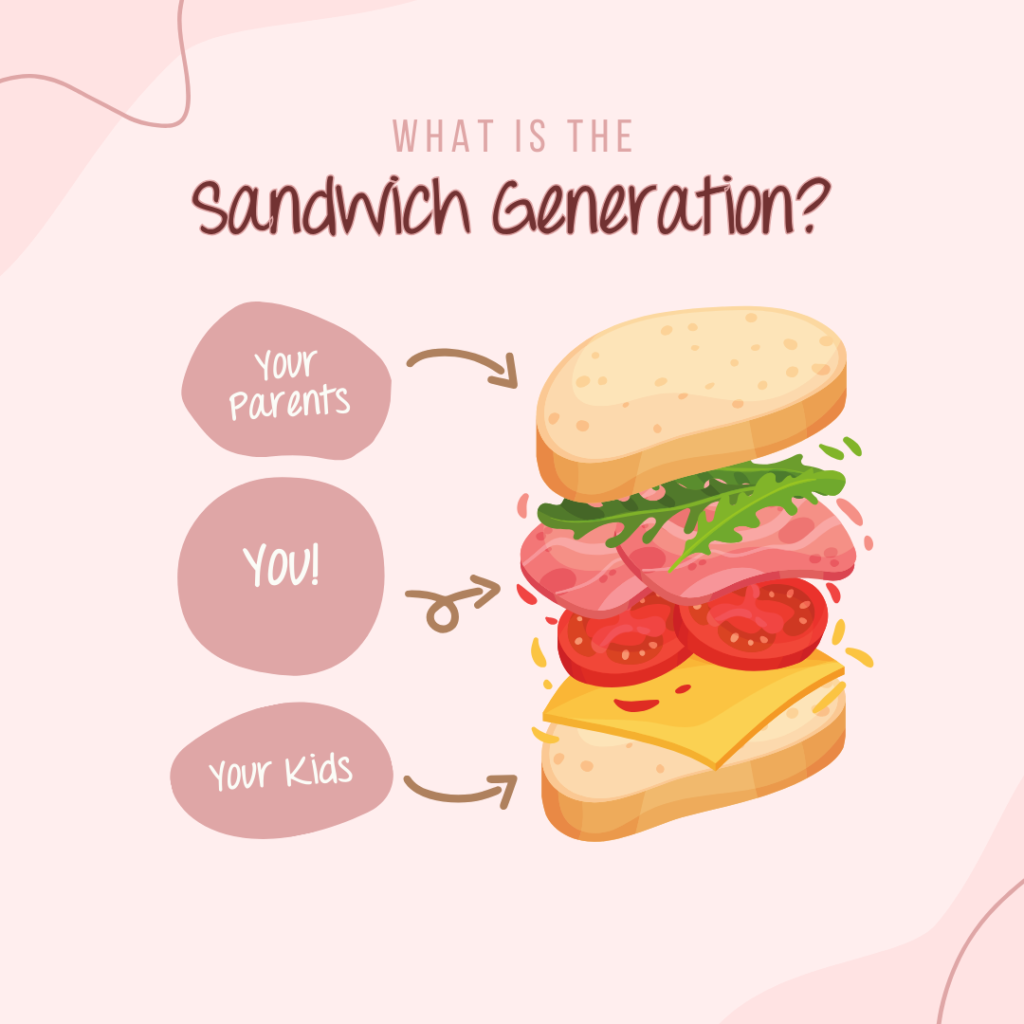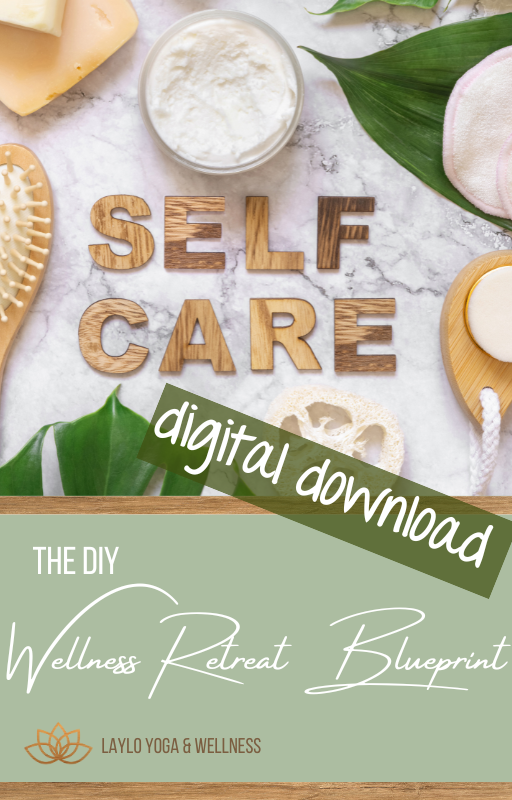Burnout – the struggle is real!

We are talking about burnout because it’s as real as that third cup of coffee you’re eyeing right now.
It’s that feeling of being utterly drained, mentally fried, and emotionally wrung out. If you’re nodding along, feeling like your life is a constant game of juggling balls made of glass, then you’re not alone.
So, what exactly is burnout? Well, it’s like trying to run a marathon with lead weights strapped to your ankles. It’s that overwhelming sensation of being pulled in a million different directions, with every task feeling like it’s due yesterday and will be due again tomorrow. Sound familiar?
Picture this: you’re juggling a demanding job, maybe climbing the corporate ladder or running your own business.
Now, add in the pressures of dealing with adult kids who still haven’t quite figured out this whole “adulting” thing. You know the drill: they need advice, financial support, emotional reassurance, and maybe grandkid babysitting while they’re at it. And let’s not forget about the job that’s demanding more from you than ever before. Deadlines, meetings, projects – it’s a never-ending cycle.
Another ball to juggle? Taking care of Mom and/or Dad. Doctor’s appointments, medication schedules, making sure they’re comfortable and cared for while trying to navigate the murky waters of healthcare, finances, and emotional support. It’s a whole other level of responsibility.
How does burnout affect us?
Sounds exhausting, doesn’t it? Well, that’s because it is! Burnout doesn’t discriminate; it can strike anyone, regardless of age, gender, or background. It can wreak havoc on both our personal and professional lives faster than you can say “take a breather.” From sleepless nights to snapping at loved ones, the signs are all there.
But for us, seasoned women who’ve seen our fair share of battles, the stakes can feel even higher. We’ve spent decades honing our multitasking skills, balancing countless responsibilities, and putting everyone else’s needs before our own. The harsh truth, however, is that you can’t pour from an empty cup.
There is good news though! There are ways to combat burnout and reclaim your sanity. Here are a few tips to help you kick burnout to the curb:
6 tips to battle burnout
- Set Boundaries: Learn to say no without feeling guilty – both at work and at home. You don’t have to be superwoman, and it’s okay to prioritize your own well-being.
- Delegate Like a Boss: You don’t have to do it all yourself. Whether it’s at work or within your family, learn to delegate tasks and share the load.

3. Prioritize Self-Care: I cannot stress this enough. Self-care isn’t selfish; it’s survival. Make time for the things that bring you joy, whether it’s a bubble bath, a walk in nature, taking a yoga class, or losing yourself in a good book. And don’t skimp on sleep – your body and mind will thank you for it. Prioritize self-care like it’s your job.
4. Seek Support: Don’t be afraid to lean on friends, family, or even professional support if you need it. You’re not in this alone, and it’s okay to ask for help. This could look like hiring a cleaning service, delegating tasks at work, or enlisting your siblings to pitch in with or hire help for caregiving duties for your parents.
5. Find Balance: Balance is key to avoiding burnout. Take a step back and assess your priorities. Are you spreading yourself too thin? Are there areas of your life that need more attention?
6. Practice Mindfulness: In a world that’s constantly pulling us in a million different directions, mindfulness is like a life raft in a stormy sea. Take a few minutes each day to breathe, center yourself, and tune out the noise. Whether it’s meditation, yoga, or simply savoring a cup of tea (or glass of wine!), find what works for you and make it a non-negotiable part of your routine.
Burnout is NOT a badge of honor. It’s okay to take a step back, reassess, and reprioritize. Your mental and emotional well-being should always come first. So, take a deep breath, put down those juggling balls for a moment, and give yourself the grace to recharge.
You’ve got this! 💪🏼

Isn’t it time to leave burnout behind and lead a life that makes YOU a priority? Consider rebooting your mind and body with one of our wellness retreats! Designed specifically to immerse you in an environment that takes you out of your daily grind, you will be able to focus on crafting your life in a way that honors your family and career while carving out time to pursue interests that excite you so you can feel balanced, fulfilled, and calm. Get on the info list so you know what is happening, when, and where!
P.S. Let’s be besties!! Follow us on Instagram, Facebook, YouTube, and Pinterest, and join the LAYLO Shala to get the latest news and insider goodies 😍







